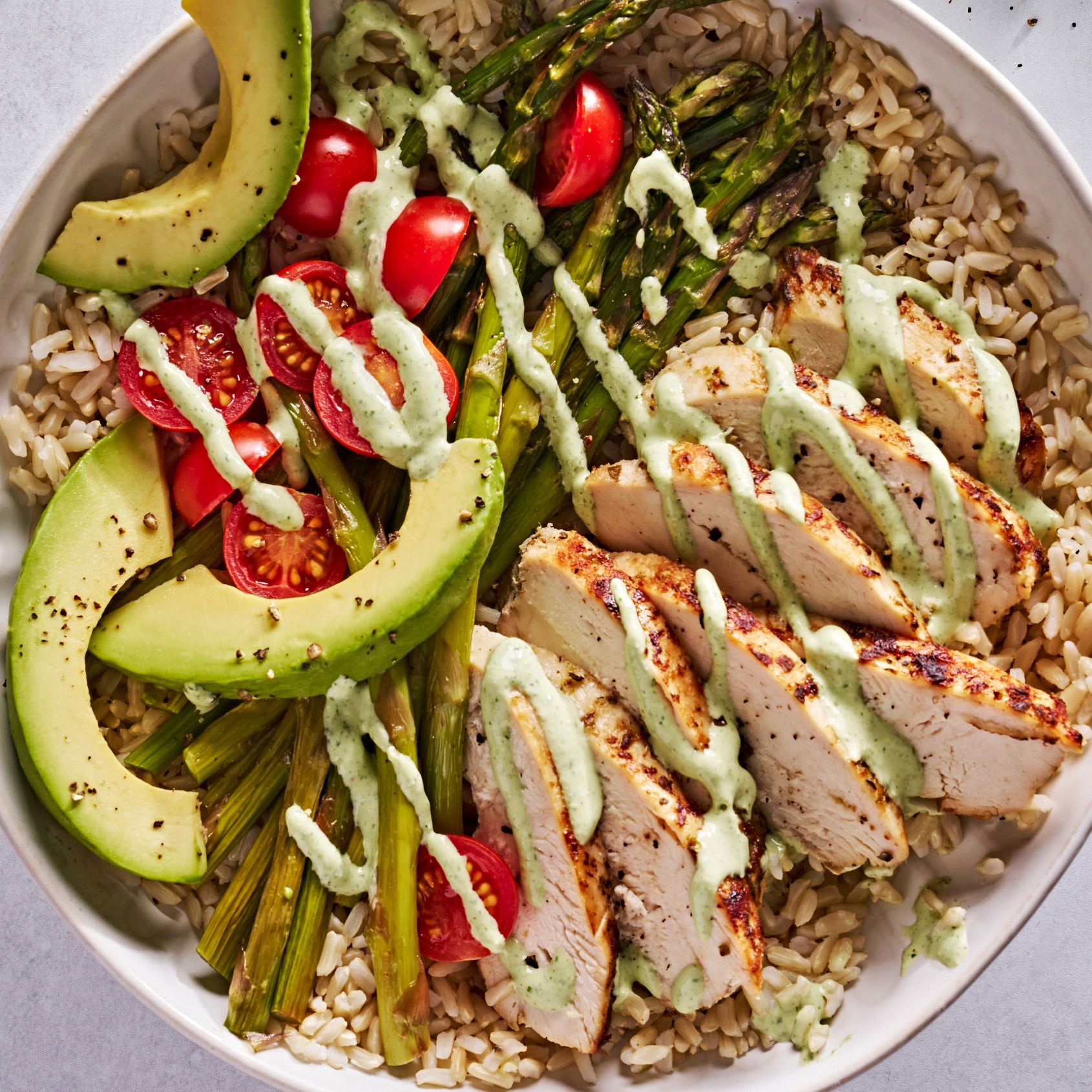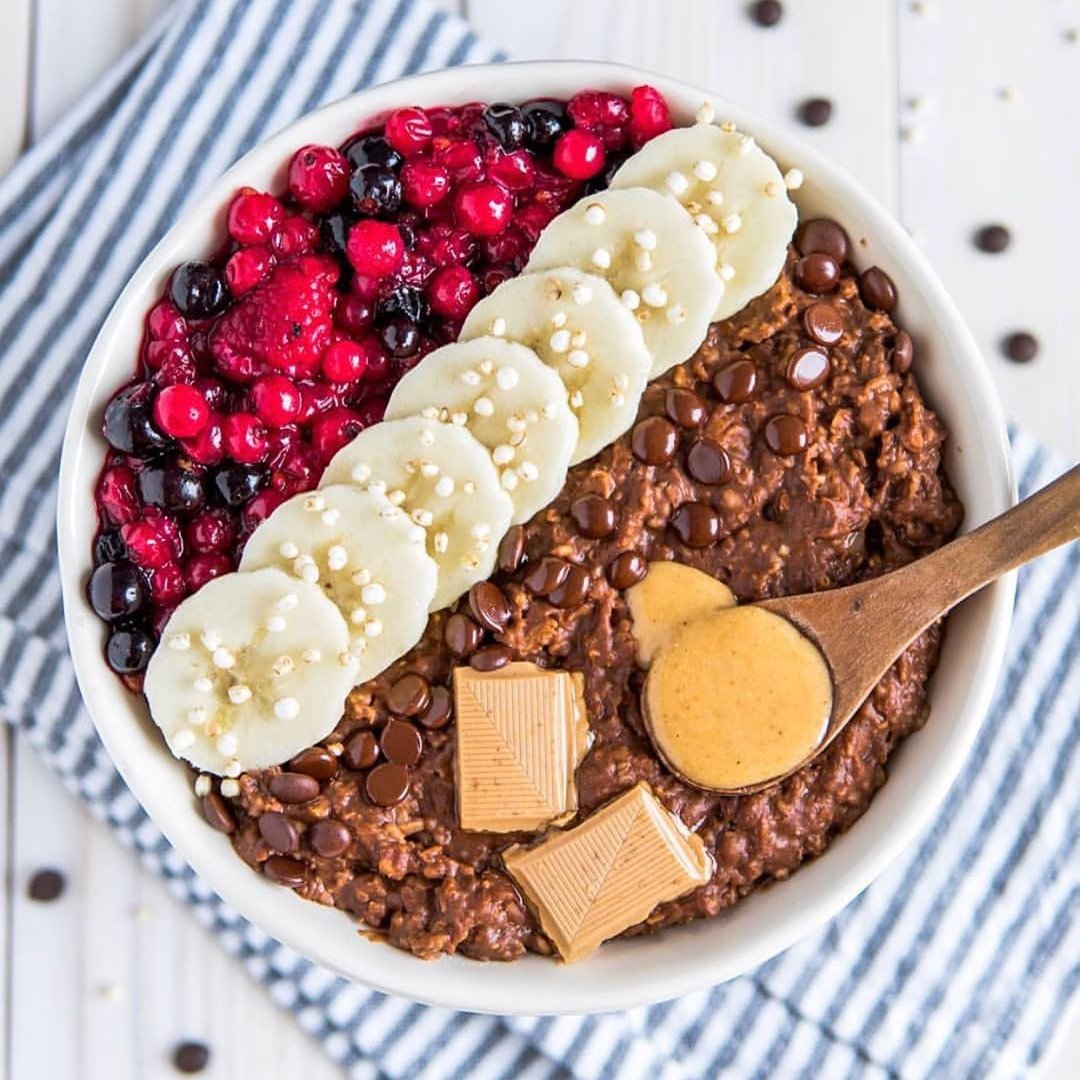When it comes to healthy dinner ideas, catering to special dietary needs is essential for maintaining nutritional balance and overall well-being. Whether you are a vegetarian, vegan, gluten-free, or following low-carb or keto diets, having options that satisfy your dietary restrictions while still being delicious is crucial. This article will explore various healthy meal options tailored to different diets, ensuring everyone can enjoy a nutritious dinner.
Introduction to Healthy Eating

Eating a healthy and balanced dinner is crucial for maintaining overall well-being. It provides the body with the essential nutrients it needs to repair and rejuvenate after a day’s activities. A healthy dinner can contribute to improved energy levels, better sleep quality, a stronger immune system, and a reduced risk of chronic diseases like heart disease, type 2 diabetes, and certain cancers.
The concept of healthy eating revolves around consuming a variety of nutrient-rich foods in appropriate proportions. It’s not about restrictive diets or eliminating entire food groups but rather about making conscious choices that nourish the body and support optimal health. This includes prioritizing whole, unprocessed foods over highly processed options, focusing on nutrient density over calorie counting, and ensuring a balanced intake of macronutrients and micronutrients.
Healthy eating becomes particularly important when considering special diets, as individuals may need to navigate allergies, intolerances, or personal preferences. Understanding how to craft meals that accommodate these needs while remaining satisfying is key to fostering healthy habits.
Nutritional Components of a Balanced Dinner

A balanced dinner should encompass a diverse range of nutrients to provide the body with the building blocks it needs to function effectively. These essential components include:
Importance of Protein
Protein plays a fundamental role in building and repairing tissues, producing enzymes and hormones, and supporting a healthy immune system. It’s a crucial component for muscle growth and maintenance, especially important for individuals engaged in regular physical activity.
Within the context of healthy dinner ideas, good sources of protein include lean meats (chicken, turkey, fish), legumes (beans, lentils), tofu, eggs, and dairy products (Greek yogurt, cottage cheese). Aim to include a serving of protein in your dinner to promote satiety and help maintain healthy blood sugar levels. This can help prevent cravings and overeating later in the evening.
Choosing high-quality protein sources that align with specific dietary needs is critical, as it ensures that individuals receive adequate nutrition without compromising their dietary restrictions. For example, plant-based proteins such as beans and lentils can be excellent substitutes for meat, offering similar benefits in terms of muscle repair and overall health.
Role of Vegetables and Fiber
Vegetables are packed with essential vitamins, minerals, antioxidants, and fiber. Fiber promotes healthy digestion, helps regulate blood sugar levels, and can contribute to weight management. For those looking for quick and easy dinner recipes for busy people, incorporating a variety of colorful vegetables can be both visually appealing and nutritionally beneficial.
Aim to fill at least half your plate with a variety of colorful vegetables, including leafy greens, cruciferous vegetables (broccoli, cauliflower), root vegetables (carrots, sweet potatoes), and legumes. Different vegetables offer unique nutritional profiles, so incorporating a wide range ensures a broader spectrum of nutrients.
For instance, leafy greens like spinach and kale are excellent sources of vitamins A, C, and K, while sweet potatoes provide beta-carotene, which the body converts into vitamin A. By creatively introducing seasonal vegetables into dinner recipes, you can enhance both flavor and nutritional value, ensuring a satisfying meal that supports health.
Healthy Fats and Carbohydrates
While often demonized, healthy fats are essential for hormone production, brain function, and nutrient absorption. Good sources of healthy fats include avocados, nuts, seeds, olive oil, and fatty fish (salmon, tuna). Incorporating these into your dinner can promote satiety and contribute to a balanced meal.
Carbohydrates provide the body with energy, and complex carbohydrates, found in whole grains (brown rice, quinoa, whole-wheat bread), are preferred over refined carbohydrates (white bread, sugary snacks). Opting for whole grains rich in fiber and nutrients allows for sustained energy release, which is particularly beneficial for those who lead active lifestyles.
Understanding the role of carbohydrates and fats in your diet empowers you to make informed decisions about your meals. By balancing these macronutrients alongside protein and fiber, you can create delicious and nutritious dinners that leave you feeling satisfied without compromising your health goals.
Quick and Easy Healthy Dinner Recipes
Finding the time and energy to prepare a healthy dinner every night can be challenging, especially with busy schedules. Fortunately, there are many quick and easy recipes that can deliver both deliciousness and nutrition without requiring hours in the kitchen.
One-Pan Dishes for Busy Weeknights
One-pan dishes are a fantastic solution for busy weeknights. They minimize cleanup while maximizing nutrient intake and flavor. A simple example is roasted vegetables with chicken or fish. Toss chopped vegetables (like broccoli, carrots, and sweet potatoes) with olive oil, herbs, and spices, then add the protein of your choice. Roast everything together in a single pan until cooked through.
This method not only saves time but also allows for a harmonious blend of flavors as the ingredients cook together. The process of roasting enhances the natural sweetness of the vegetables while providing a satisfying crunch, creating an enjoyable dining experience.
Other variations include sheet pan fajitas with bell peppers, onions, and lean beef or chicken, or a one-pan salmon with asparagus and cherry tomatoes. These types of meals highlight the versatility of fresh ingredients and showcase the ease of meal preparation, allowing for healthy eating to fit seamlessly into a busy lifestyle.
30-Minute Meal Solutions
Many healthy dinners can be prepared in under 30 minutes, making them perfect for those pressed for time. Stir-fries are a popular choice, offering a quick way to incorporate a variety of vegetables and protein. Simply stir-fry chopped vegetables with lean protein (chicken, tofu, shrimp) in a wok or large skillet with a flavorful sauce.
Using a mix of vibrant veggies allows for both visual appeal and nutritional diversity. Pairing this with a sauce made from soy sauce, ginger, and garlic can elevate the dish, infusing it with bold flavors in just minutes.
Other options include pasta dishes with whole-wheat pasta, lentil soup, or a quick chickpea curry. The key is to choose recipes with minimal preparation and cooking times, focusing on simple ingredients and quick-cooking methods. Combining your love for flavorful food with efficient meal prep can transform your evenings into delightful culinary experiences.
Meal Prep Ideas for the Week
Meal prepping can save significant time and energy during the week. Dedicate a few hours on the weekend to prepare several meals or components of meals for the week ahead. This could involve cooking a large batch of quinoa, roasting a batch of vegetables, or preparing a flavorful lentil stew.
Portioning out meals into individual containers makes it easy to grab a healthy and prepared dinner during busy weeknights. This approach not only reduces food waste but also ensures you have healthy options readily available.
By preparing in advance, you allow yourself the freedom to enjoy your meals without the stress of last-minute decision-making. Additionally, experimenting with different combinations of proteins and vegetables can keep your weekly dinners exciting and varied, preventing boredom with meal choices.
Healthy Dinner Options for Special Diets
As dietary restrictions become increasingly common, understanding how to accommodate specific needs is essential for maintaining a balanced diet. Here are some great healthy dinner ideas for various dietary preferences:
Vegetarian and Vegan Choices
Vegetarian and vegan diets exclude meat, poultry, and seafood, with vegan diets also eliminating all animal products, including dairy and eggs. Incorporating a variety of plant-based protein sources is essential for these diets, such as legumes, tofu, tempeh, seitan, nuts, and seeds.
Some delicious vegetarian and vegan dinner options include lentil or vegetable curry, vegetable stir-fries with tofu or tempeh, pasta with lentil or vegetable-based sauces, veggie burgers on whole-wheat buns, and bean burritos. These meals can be incredibly satisfying, full of flavor, and highly nutritious.
Vegetarian and vegan meals challenge traditional notions of protein sources, pushing creativity in the kitchen. Experimenting with spices and herbs can elevate simple ingredients into extraordinary dishes, demonstrating that a plant-based diet can be as diverse as any other.
Gluten-Free Dinner Ideas
Gluten is a protein found in wheat, barley, and rye, which must be avoided by individuals with celiac disease or gluten sensitivity. Luckily, numerous gluten-free dinner options are available. Focus on naturally gluten-free grains like quinoa, brown rice, and millet.
Use gluten-free bread or wraps for sandwiches or wraps and opt for gluten-free pasta made from rice, corn, or quinoa. Many gluten-free alternatives are now available for common dishes like pizza, bread, and pasta.
Consider preparing dishes like roasted chicken with vegetables, salmon with sweet potato fries, or a stir-fry with gluten-free noodles. Ensure that all ingredients and sauces are gluten-free. Awareness of gluten in food preparation allows for inclusive meal planning that can cater to a wider audience, promoting social gatherings centered around shared, delicious meals.
Low-Carb and Keto-Friendly Meals
Low-carb and ketogenic diets restrict carbohydrate intake to promote weight loss and improve metabolic health. They often emphasize high-fat and moderate-protein consumption. Choose low-carb vegetables like leafy greens, broccoli, cauliflower, and zucchini, making these staples of your meals.
Replacing starchy carbohydrates like potatoes and rice with alternatives like cauliflower rice or zucchini noodles can create low-carb versions of popular dishes. Examples of keto-friendly meals include grilled salmon with asparagus, chicken stir-fry with cauliflower rice, or a burger with lettuce wraps instead of buns.
Using healthy fats like avocado, olive oil, and coconut oil enhances the flavor and satiety of meals while aligning them with dietary preferences. Embracing low-carb cooking encourages innovation in ingredient substitution, revealing new culinary possibilities that maintain flavor without sacrificing health goals.
Tips for Making Healthy Dinner Choices
Making healthy dinner choices consistently requires developing mindful habits and strategies. Being aware of what we eat and how we prepare our meals lays the foundation for healthier living.
Mindful Eating Practices
Mindful eating involves paying attention to your body’s hunger and fullness cues. It encourages you to savor each bite and appreciate the food you are consuming. Avoid distractions like television or phones while eating, allowing yourself to fully enjoy the experience and be more present with your meals.
Before you eat, take a moment to acknowledge your hunger level and decide how much you need to satisfy it. Paying attention to your body’s signals as you eat can help you recognize when you’re no longer hungry, reducing the likelihood of overconsumption.
Incorporating mindfulness into mealtime can transform dinner from a mundane task into an opportunity for gratitude and awareness. This practice reinforces a positive relationship with food, encouraging a deeper connection to the nourishment we consume.
Incorporating Seasonal Ingredients
Seasonal produce is often more flavorful and nutrient-rich. Exploring seasonal fruits and vegetables and incorporating them into your dinner recipes allows you to embrace freshness while supporting local farmers and reducing the environmental impact of food transportation.
For example, during summer, you might find an abundance of fresh tomatoes, zucchini, and berries, which can be incorporated into salads, pasta dishes, or grilled dishes. In the autumn, pumpkin, squash, and apples are abundant and can be used to create hearty soups, stews, and desserts.
Being mindful of seasonality not only enhances the taste and quality of your meals but also fosters a greater appreciation for the cycle of nature. Taking advantage of seasonal offerings keeps your dinner menu dynamic and connected to the rhythms of the environment.
Smart Grocery Shopping Strategies
Planning your meals and creating a grocery list before shopping is crucial for making healthy dinner choices. This ensures you buy only the ingredients you need for your planned meals, reducing the risk of impulse purchases of unhealthy processed foods.
Shopping the perimeter of the grocery store, where fresh produce, dairy, and meat are typically located, increases your chances of finding wholesome, less-processed ingredients. Reading food labels carefully, paying attention to ingredients, serving sizes, and nutritional information, can empower you to make informed decisions.
Prioritizing whole, unprocessed foods over processed options creates a foundation for healthy eating. Understanding how to navigate the grocery store effectively allows you to stock your pantry and fridge with the essentials needed for crafting nutritious dinners throughout the week.
Conclusion
Creating a healthy and balanced dinner that supports overall well-being is achievable with planning, preparation, and mindful choices. By incorporating a variety of nutrient-rich foods, prioritizing whole, unprocessed options, and adjusting meals to suit specific dietary needs, you can ensure your dinner provides your body with the nourishment it requires.
Whether you prefer quick and easy one-pan dishes, meal-prepped meals, or exploring options for special diets, remember that healthy eating is a journey, not a destination. Embrace flexibility, enjoy the process of experimenting with different recipes and flavors, and most importantly, listen to your body and choose what makes you feel your best.
With conscious choices and a little creativity, healthy dinner ideas are within reach for everyone. Let your dinner table reflect the diversity and vibrancy of life itself, celebrating the incredible world of flavors, textures, and colors available to nourish your body and spirit.
Low-Calorie Desserts: Delicious Guilt-Free Treats for Healthy Indulgence!


